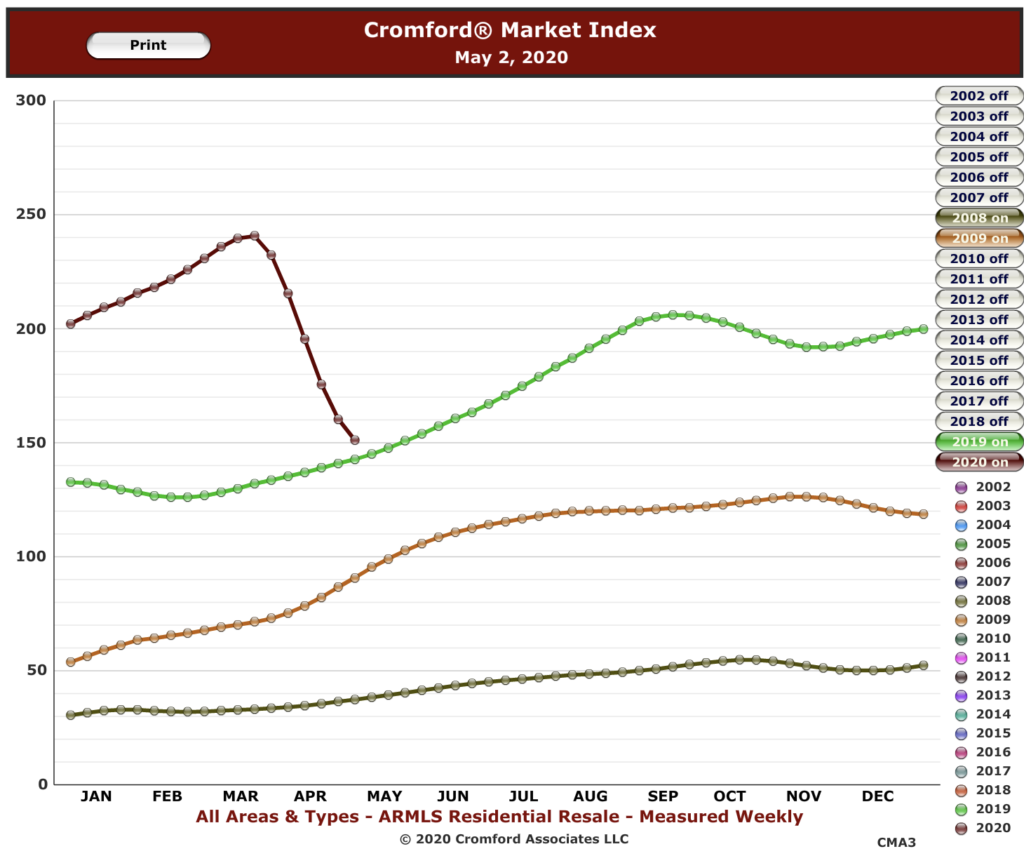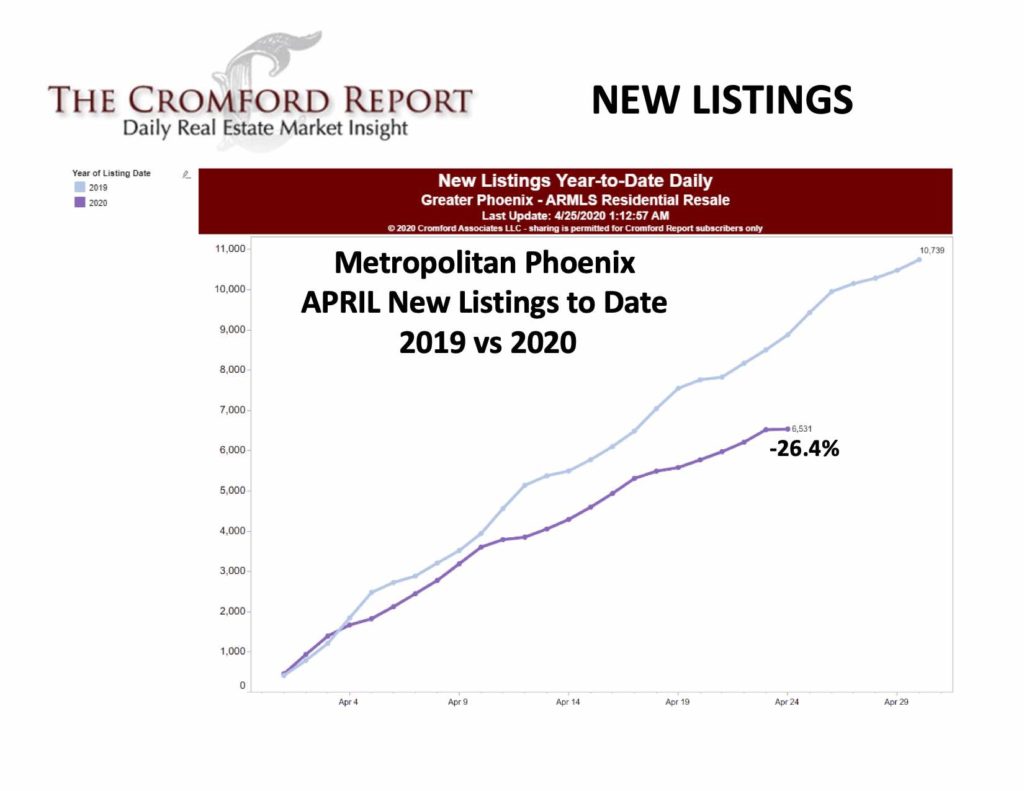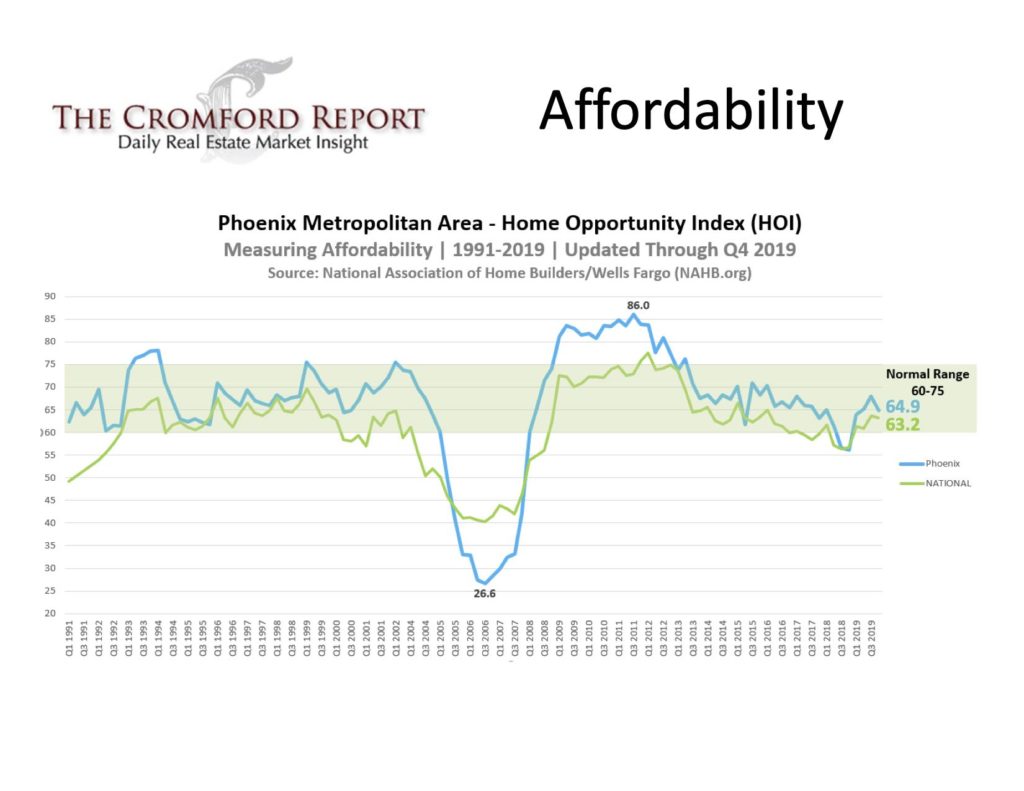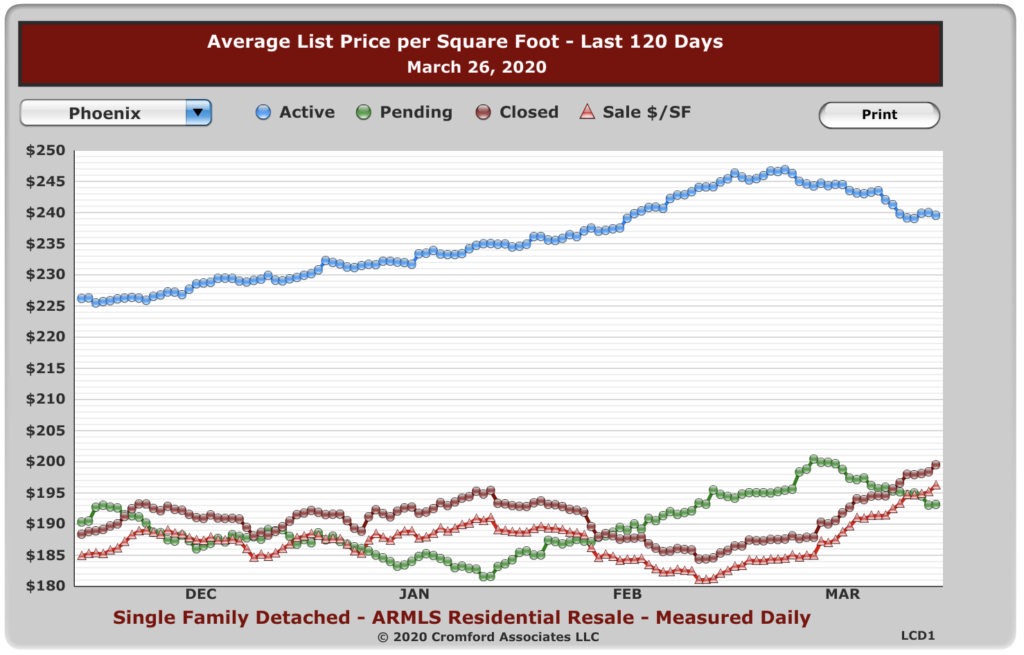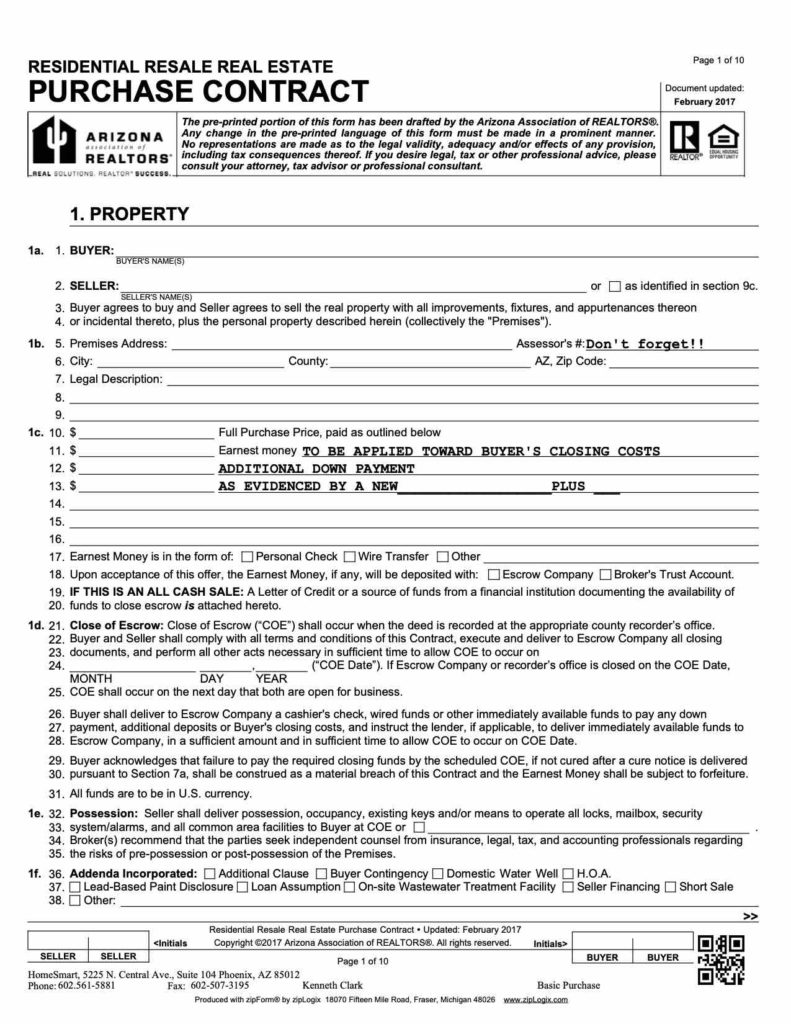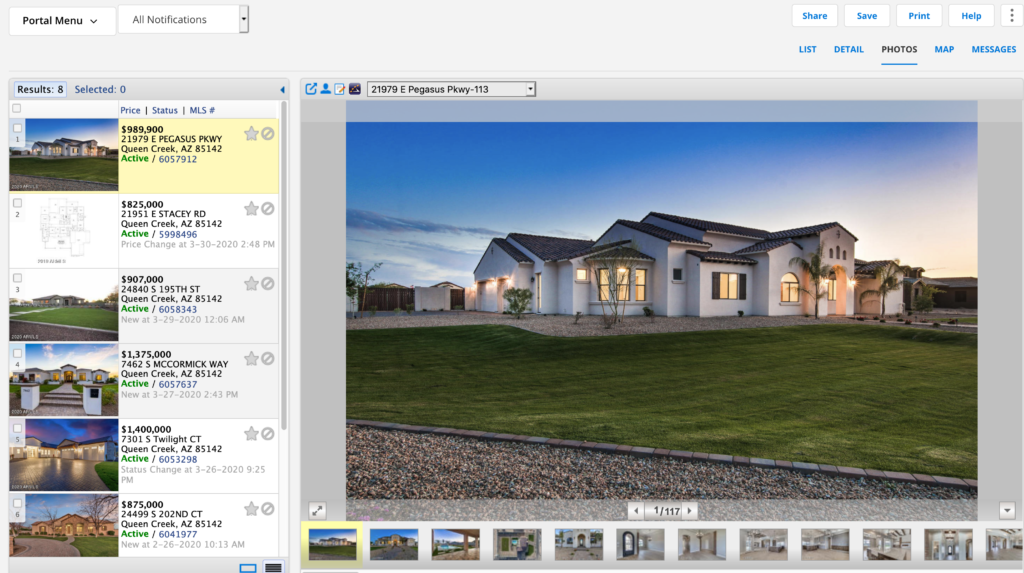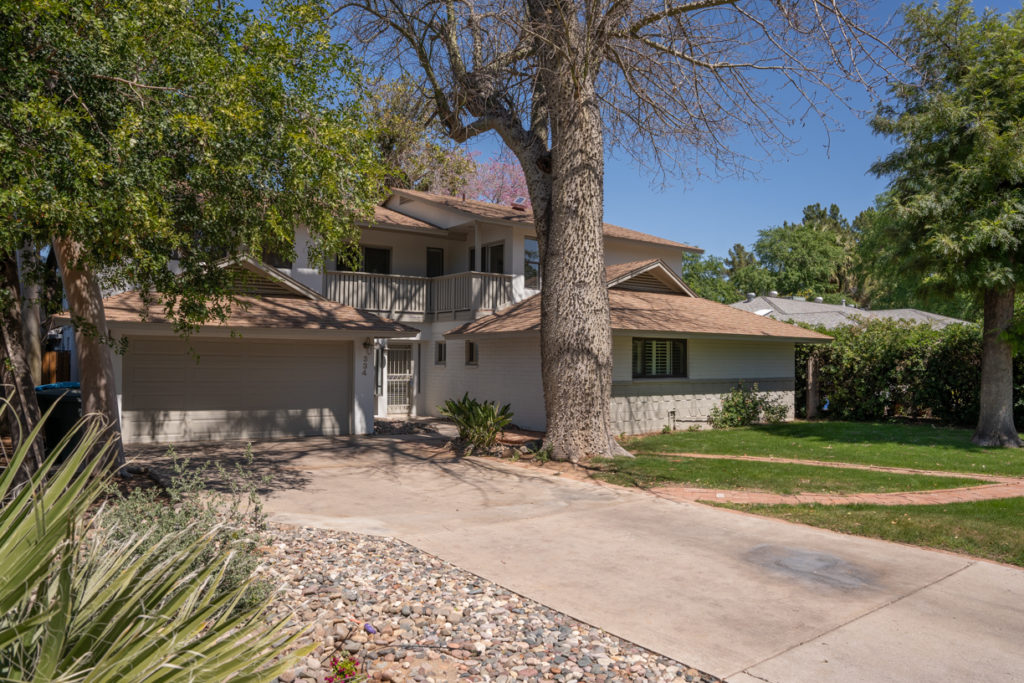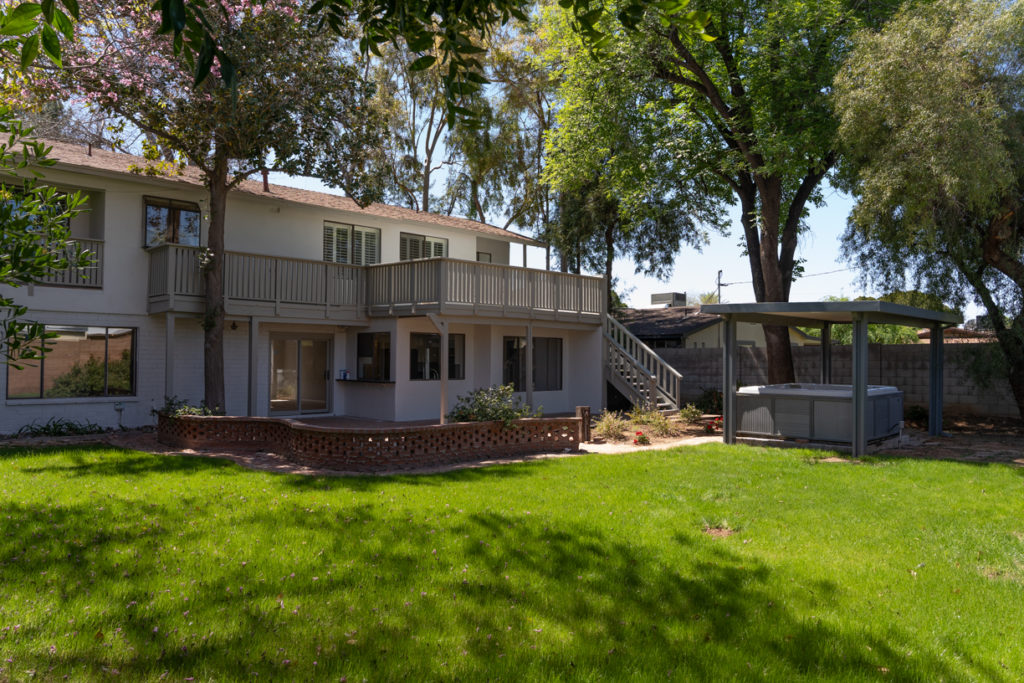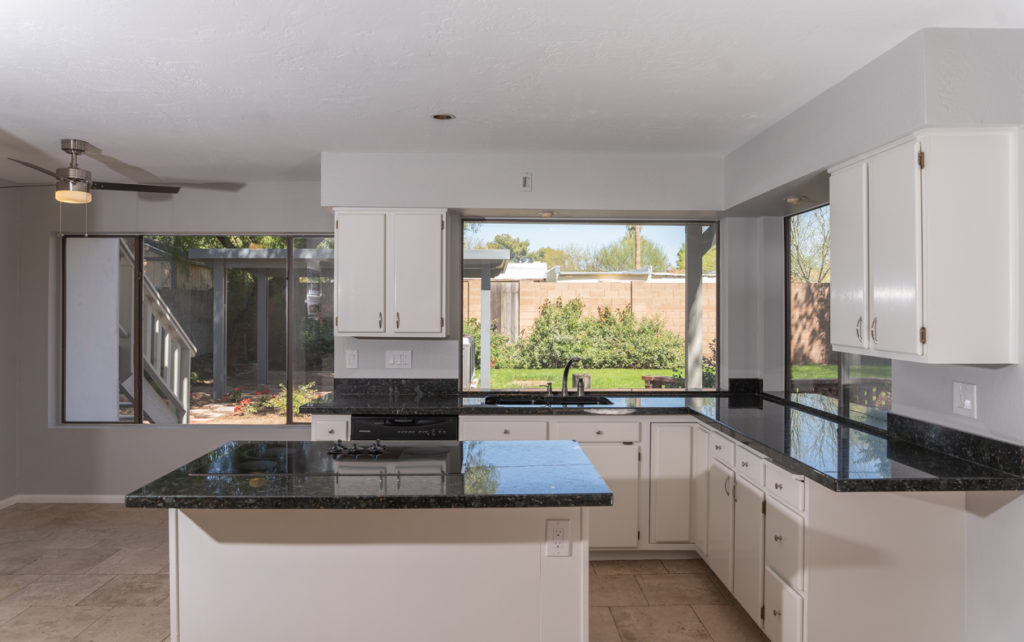Donna Reiner, a local historian and a good friend of Get Your PHX, has written many articles over the years for the Arizona Republic and others about Phoenix history and memorials. This month, she is sharing her article on dancing joints throughout Phoenix history.
We use her services when we list properties of historic significance to help us tell the stories behind the homes.
We are happy that Donna is allowing us to re-publish some of her articles on a monthly basis. If you or your business ever needs a historian, let Donna know at laydeescholar “at” hotmail.com.
What did Phoenicians do for fun during the summer months when there was no TV, a few movie theaters, and dining out might be too expensive?
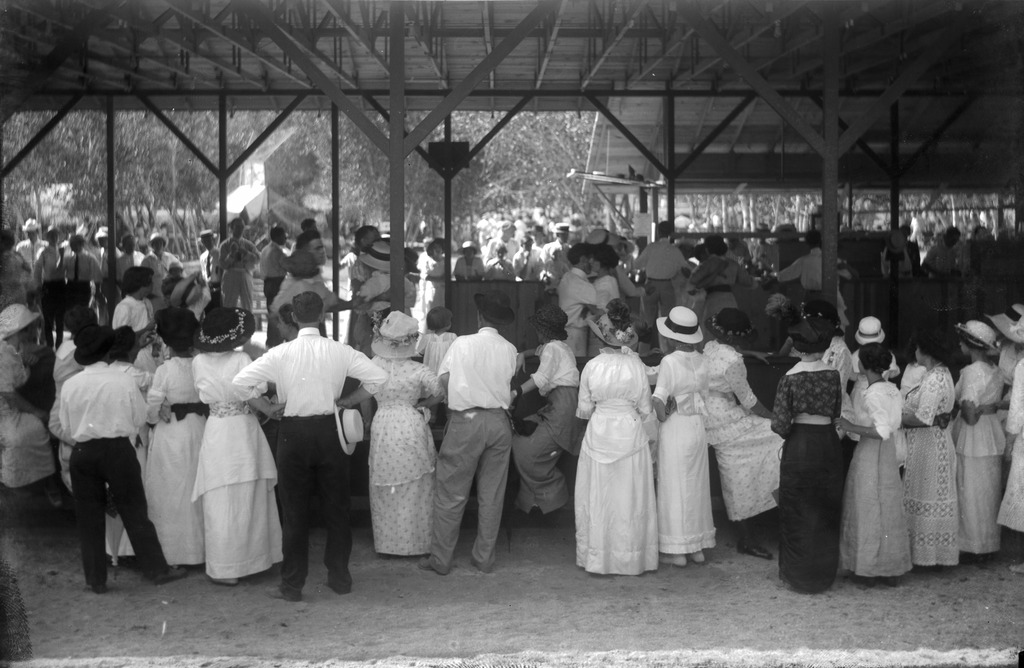
Riverside Park, near the Salt River just off Central, was established in 1914 to cover all those needs. It had places for children to play, picnic areas for families, a large pool, and a DANCE Pavilion. Later on, athletic events were held at Riverside. Certainly, entertainment for all ages was the key focus of this park. But we’re going to focus on dancing. So grab your dancin’ shoes, as it’s time to get your body moving.
Phoenicians eagerly awaited the opening of Riverside Park each May. The owners, Rickards and Nace (who also owned a number of movie theaters in the area), made sure that the park was ready, the bands were booked, and the newspaper announced the opening day. Dancing was available during the day and also in the evening to appeal to different age groups and accommodate the crowds. And what a great place to, fingers crossed, meet your future spouse to the tunes of some well-known band.
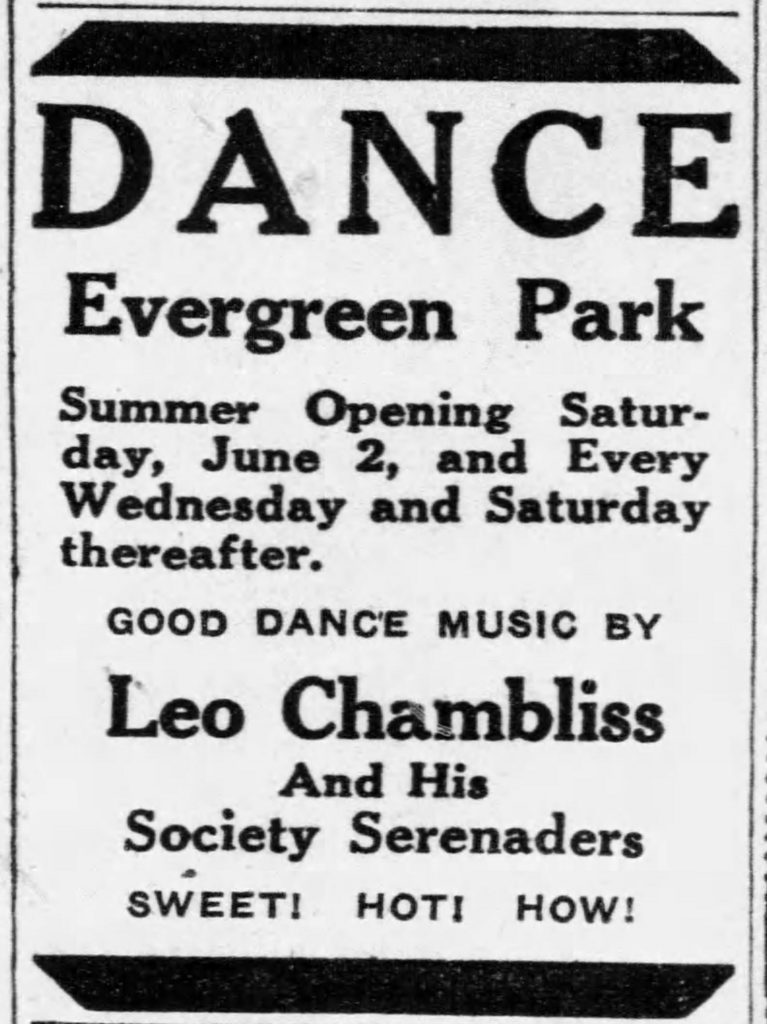
The success of Riverside Park probably influenced the growth of other places for open-air dancing. Evergreen Park on South 7th Avenue was also near the river. It was in operation from 1928-1933. The Orange Grove Pavilion was on 7th Street near Glendale Avenue. It opened in 1930 and closed in 1945.
The Plantation Ballroom located at 2300 East Washington started in 1932. Henry S. Gibbs, Sr., the owner, also owned the Willow Breeze on Lateral 14 (27th Avenue) and Christy Road (McDowell).
One of the Plantation Ballroom’s “claim” to fame was when it burned down in 1952. Ralph Painter, Jr. of Channel 5 (KPHO) shot film becoming “Arizona’s first television news cameraman in the field.”
While the Plantation Ballroom was indoors, the Willow Breeze was open-air and many remember its string lights. Families were welcome there even into the 1950s.
By the 1960s, dance places began to cater to certain age groups and/or specific types of music. Mr. Lucky’s opened in 1966 (originally the owners wanted a casino). Rock and roll was on one floor and country western was upstairs. The Hullabaloo, designed as a teen club, was built on the formerT site of the Broadway Pool in 1967.

The Arizona Republic even ran listings on dine and dance spots throughout the valley. The locations varied from hotels to stand alone sites. Today, you can still grab your dancing shoes and find a spot where you can hit the floor and move about. Yes, dancing has never ceased to be a fun way to spend the evening anytime of the year.


